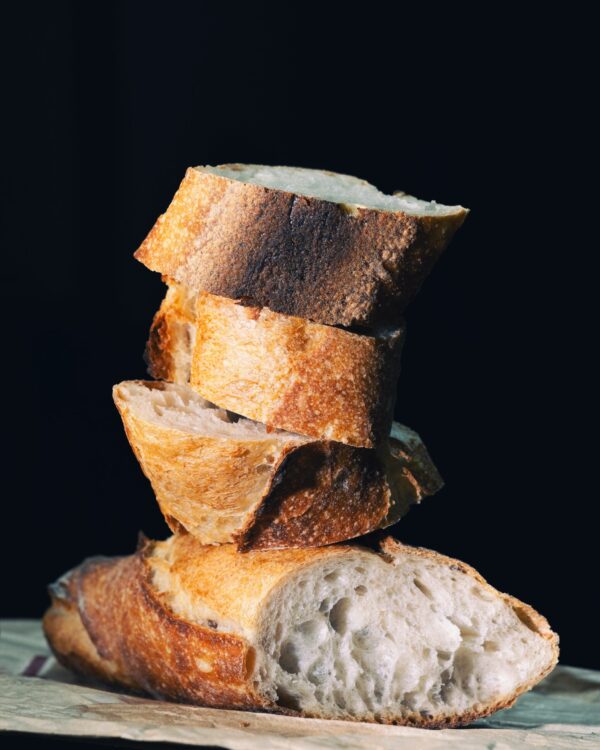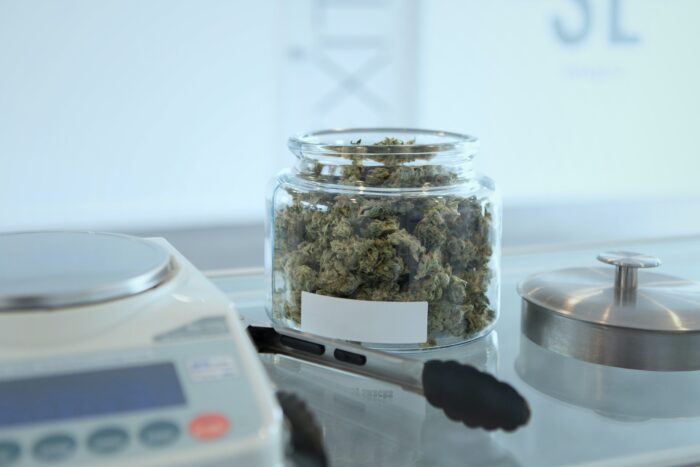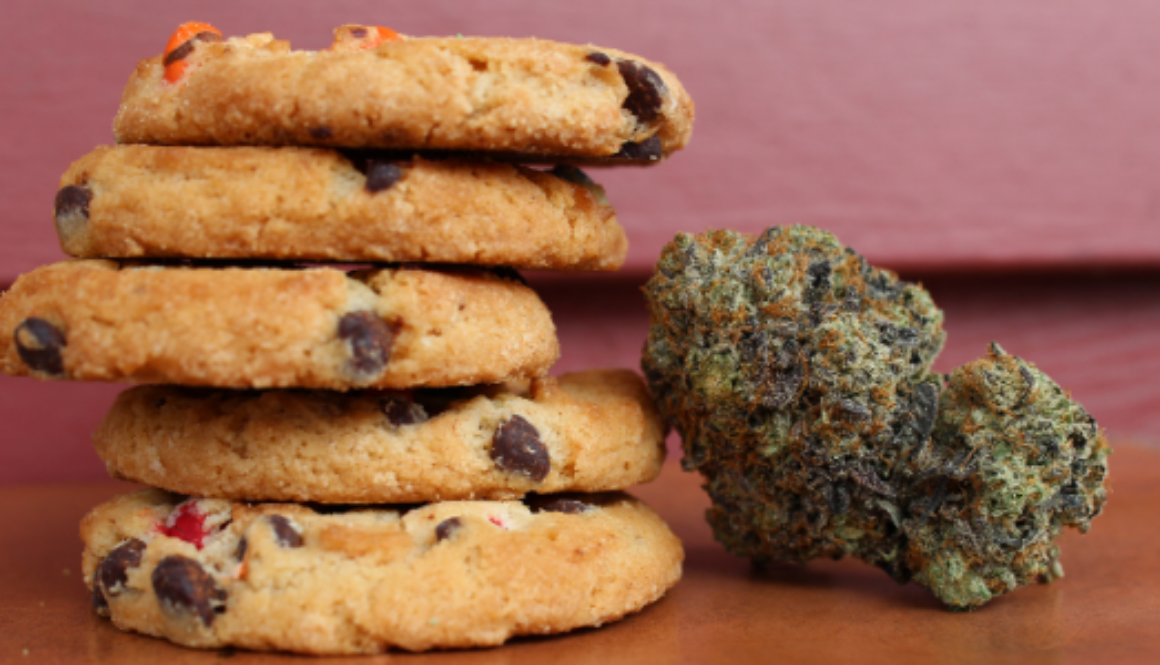Cannabutter for Amateurs
You don’t have to be a professional chef to whip up some quality weed butter. Make those cookies extra *special*
Margo Amala via Unsplash
If you’re reading this, chances are you probably already partake in the many wondrous joys that cannabis offers. Getting high is possible through many various pathways, but a personal favorite of ours will always be through some classic cannabutter. There are many different reasons why someone would want to enjoy weed as an edible substance as opposed to ignition, including perhaps a sensitivity to smoke for health reasons or simply just personal preference. In this article, we’ll explain two different ways you can make cannabutter and what each is best used for when cooking.
While the thought of throwing down in the kitchen may be daunting to some who might not cook regularly, the good news about making cannabutter is that it’s actually a shockingly simple procedure. All you need is some weed, a fat, and a few hours of your day.

Sorin Gheorghita via Unsplash
There are two options for preparing cannabutter, and your choice should come down to how exactly you intend to enjoy it. If you are planning to enjoy the weed butter cold, such as using it more as a spread on toast, crackers, muffins, or a warm, crusty baguette, then this is the recipe for you. If your intent is to make a cannabutter that you will use as an ingredient to cook with, then the recipe is easier and frankly, not this one.

Rodolfo Marques via Unsplash
The recipe we’ll focus on here is “decarbed” cannabutter. Decarboxylation is a chemical process that transforms the non-psychoactive THC-A into the psychoactive THC that we all love so much. What this means, essentially, is that weed must be heated in order for it to get you high (you probably already knew this, but let me explain further). A common mistake that people make when attempting to make cannabutter is to go straight to combining the flower or keif itself with butter or oil. This might still get you high-ish in the end, but I promise you that decarbing the weed beforehand will deliver more quality potency. This is always our preference when making cannabutter since we find it to be more controllable dosage wise, and it yields a more reliable and consistent potency than using non-decarbed weed to bake with, which can produce drastically variant results due to temperature inconsistencies and unreliable reactions to fat or other ingredients all being blended into one.

The Materials:
¼ oz weed
¾ cups water
4 oz butter or oil
Grinder (or your hands if you don’t mind putting in some work)
An oven safe dish or sheet pan
Saucepan
Wooden stirring utensil
Thermometer
Cheesecloth (technically optional but very helpful)
INSTRUCTIONS:
1. If using regular flower, you should begin by separating the bud into a small enough (but not too small) consistency. Think joint-rolling consistency.
2. Spread the ground weed evenly over the dish or sheet pan and bake at 250°F for 45-60 minutes, churning it about every 10 minutes or so to ensure it doesn’t burn.
3. Once the weed reaches a dark brownish green, remove from the oven promptly.
4. Add your water and butter/oil into your saucepan and set the heat to low.
5. Once the pan is warm, add your decarboxylated weed and mix well with the wooden spoon.
Add a lid to the pan and let this stew for about 4 hours, ensuring with your thermometer that the temperature does not surpass 160°.
6. Strain with cheesecloth to ensure you keep those nasty little scooby snacks out of your weed butter and let cool to room temperature.
7. Voila! Your butter is ready to be used as a spread!
As long as your weed was properly decarbed, using the butter alone will be more than enough to get you high. In fact, I would highly recommend against using this form of cannabutter for cooking as heating the weed again at a higher temperature will burn off some of your precious cannabinoids and you run the risk of deactivating your THC.
There are obviously tons of different ways to decarb weed and create a scrumptious cannabutter, this is just the method that has become a personal favorite of ours through much trial and error in the kitchen. We’ve found this method to be tried and true at this point, and wish to share this knowledge with whomever wants to get creative in the kitchen!
Stay groovy, friends!
